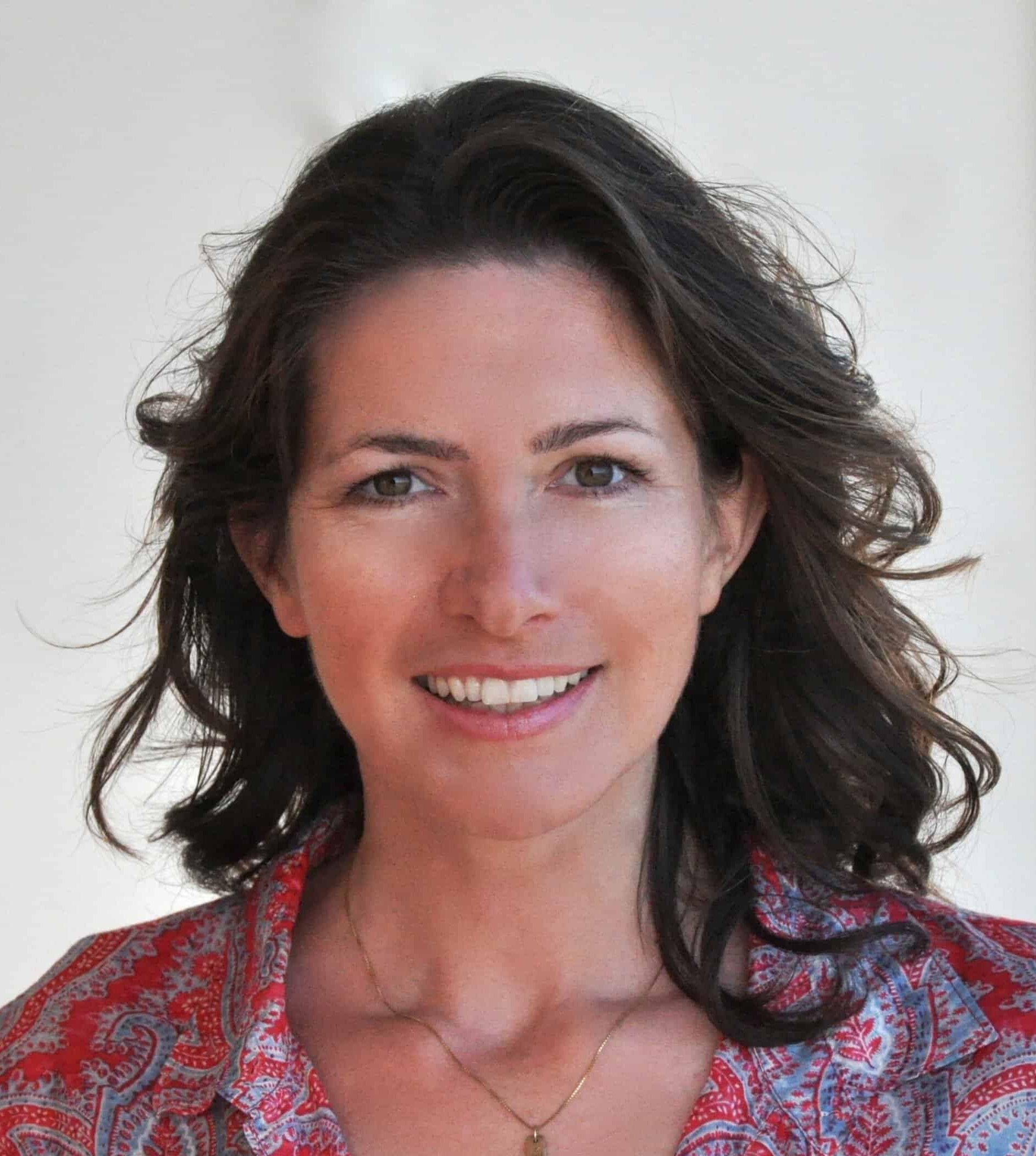

The Great Recovery is a series examining how a surge in innovation, outreach, access and attention to equity is improving our mental health system. It is supported by a grant from Wellcome Trust.
Natalie Small looks at the ocean as if she’s looking into a mirror. “How high are the waves today –– the ones out there on the water and the emotional ones within me? Do I feel like jumping into the tide or rather just wetting my toes? What do I want to discover in the ocean today? And what do I want to leave behind?”
These are questions she likes to ask at the start of every group therapy session on Ocean Beach in San Diego, California. Together, we eight participants sit in a circle and write down our answers in our notebooks. Some scribble their ideas with a colorful sharpie on the white blanket spread out on the sand: “Strength” “Joy” “Fun.”
Small, 38, is a licensed marriage and family therapist as well as a surf coach. For the last ten years, she has been combining both professions: She takes her patients to the sea. She is part of a burgeoning niche of psychotherapy that blends traditional therapy with a sport proven to build resilience, confidence and well-being. More than a hippie wellness novelty or New Age fad, surf therapy is being embraced by psychologists and government agencies alike as a way to increase access to mental health care while delivering evidence-based, lasting results.
Small initially started inviting clients who had experienced trauma to the beach, and immediately noticed changes. “Already at the first beach session, the shift was phenomenal. The women’s body language changed; they relaxed, became more open and connected to their bodies.”
At first, she simply transferred her art and somatic therapy sessions to the beach. Then, slowly, Small started taking her clients into the water with body boards and surfboards. Many are anxious about navigating the waves. “Every participant decides herself how far she wants to go out. Maybe she just wants to lie on her stomach and catch a few waves,” Small explains. “It doesn’t matter. After each wave we check in with each other: How did this feel?”
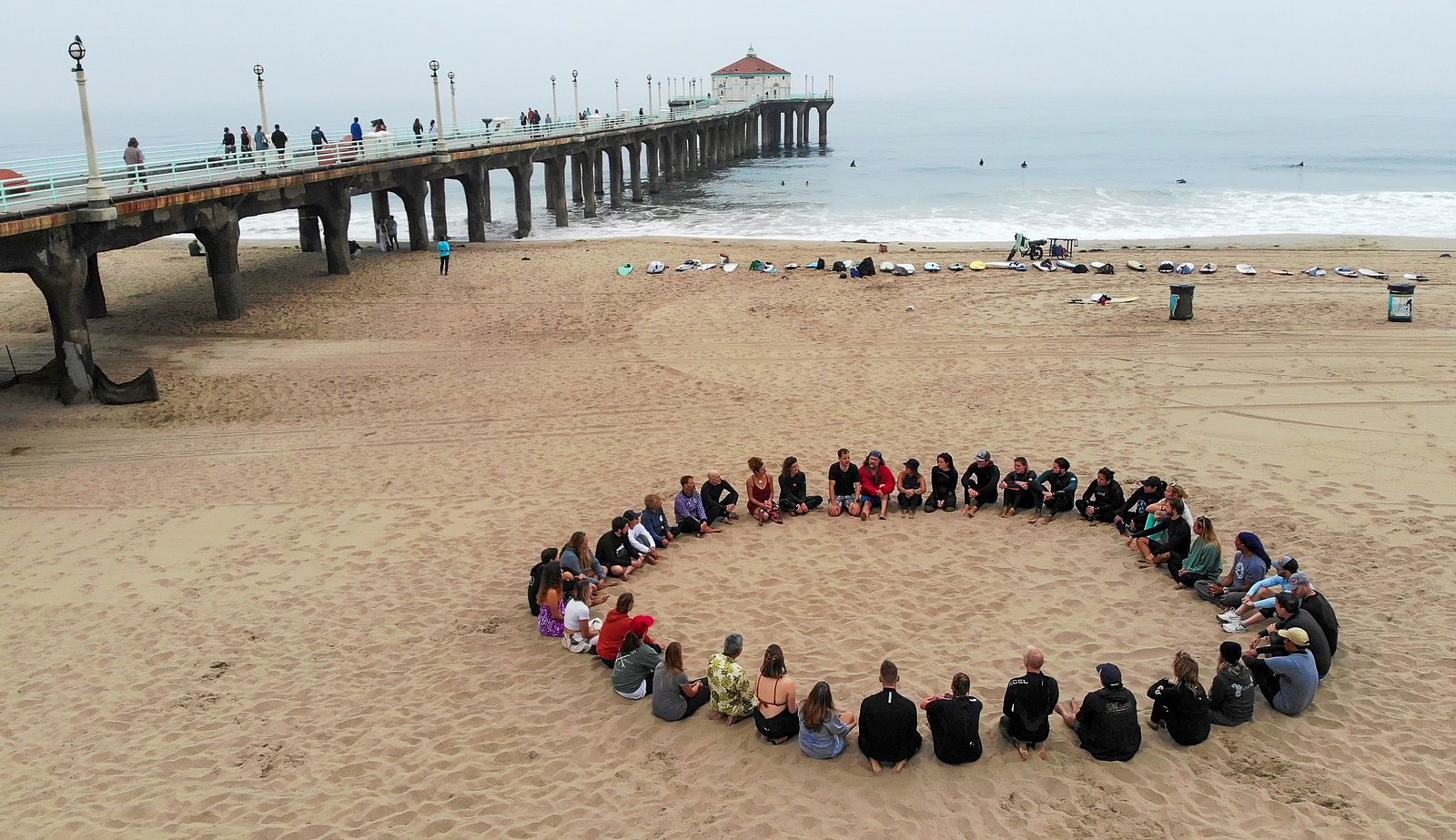
Riding a wave of research pointing to its benefits, surf therapy has come to be seen by the psychological community as a legitimate and effective form of mental health care. In 2020, the British National Health Service (NHS) officially recognized it as therapy, and British doctors prescribe it, for instance, for depression and post-traumatic stress. The US Navy has been offering surf therapy since 2008 as standard medical care for active personnel and veterans.

More than 130 organizations are members of the International Surf Therapy Organization (ISTO), offering this unique mental health treatment in 30 countries on six continents, from Scotland to South Africa, New Zealand to Mexico. ISTO director Kris Primacio defines surf therapy as “a method of intervention, combining surfing and structured individual or group activities that promote psychological, physical and psychosocial well-being.” Or, as she likes to put it, “We’re swapping the couch for the surfboard.”
Primacio’s observations are backed by a growing body of research. Kristen Walter, a clinical psychologist at the Naval Health Research Center and San Diego State University, received a $1 million grant from the Navy to research surf therapy for military personnel. “We see immediate benefits,” Walter confirms. “Post-traumatic stress, depression and anxiety decrease significantly.”
Walter emphasizes that the effect on positive emotions is particularly noteworthy. “With depression and post-traumatic stress, people often are unable to feel joy. The fact that the participants feel more positive emotions is a unique aspect of surf therapy we don’t usually observe with other forms of therapy.”
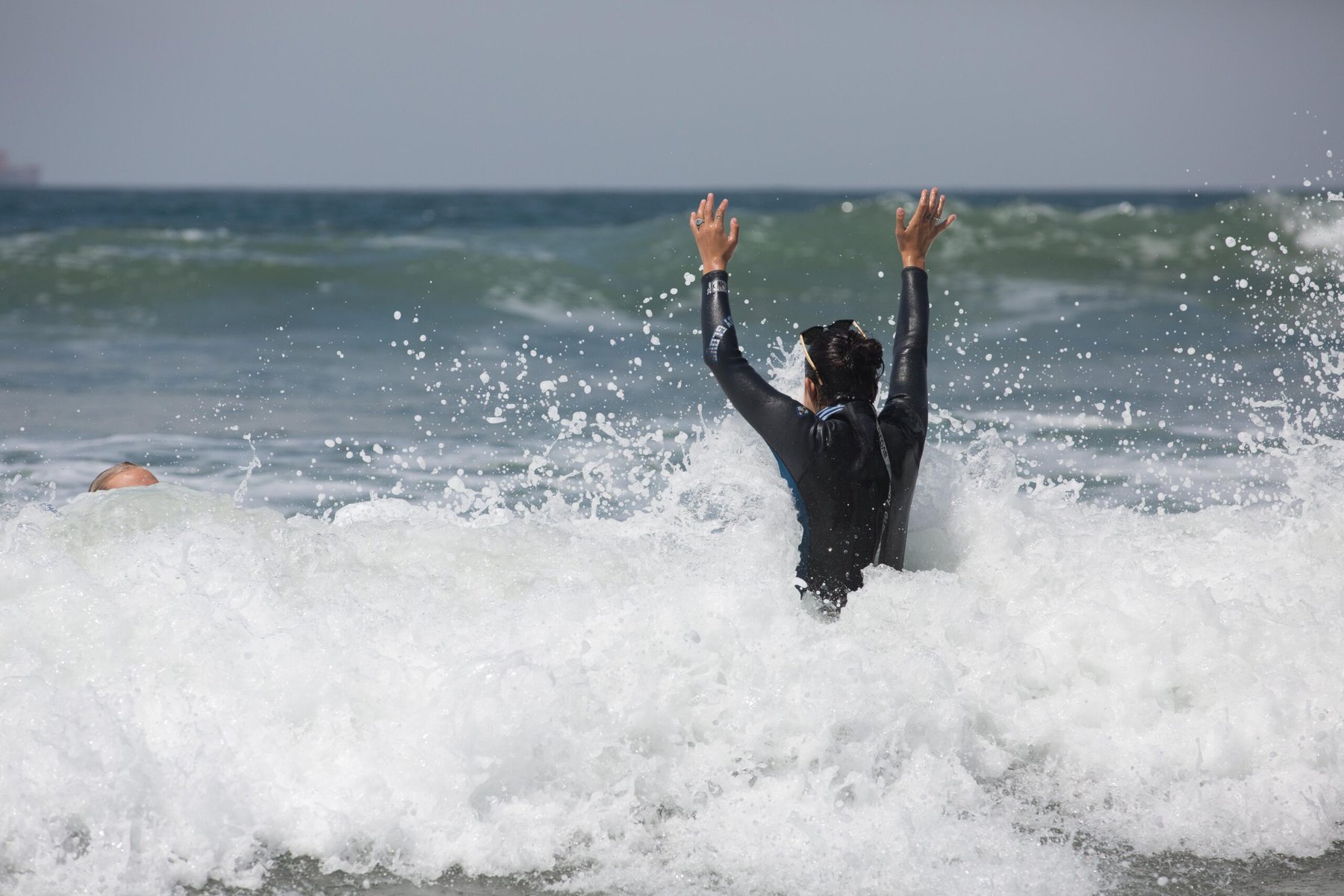
What’s more, Walter’s research has shown that the effects of surf therapy are lasting: When she randomly assigned 96 military participants with mental health diagnoses to either hiking or surf therapy, both groups spent three to four hours per week in nature. After six weeks, both groups showed improvements — 55 percent of the surfers and 46 percent of the hikers were no longer considered clinically ill. “But when we checked again three months later, the improvements in the surfer group lasted significantly longer,” Walter says. “74 percent of the surfers were considered healed versus only 47 percent of the hikers.”
Some of the instructions at Ocean Beach resemble any other surf course. We practice paddling out into the surf and jumping up onto the board from a prone position. But many aspects are different: The course is accompanied by an online community where we can share confidential questions and insights. And while we celebrate every wave we catch with cheers and claps, at the end of the day, it’s not important how many waves we rode, but how we feel.
About 15,000 people undergo surf therapy every year worldwide, according to ISTO. “We see positive changes that reach far beyond surfing,” Primacio says. “Like other physical activity, the sport improves cardiovascular health but also self-confidence, self-efficacy and social competence. We find that participants become more engaged in school, work and with their families. They sleep better and feel better.”
Primacio now lives 20 steps from the shore in Manhattan Beach, California and surfs 350 days a year. She has always been athletic and used to love hiking, but surfing became a passion she turned into a profession. “I believe it has to do with the fact that you are completely immersed in water when you surf.” Because surfing improved her own mental and emotional well-being so dramatically, the businesswoman began to volunteer at surf therapy events. She got a degree in psychology and became ISTO’s director in 2018.
Part of ISTO’s mission is to continue expanding the scientific research around surf therapy. All 130 ISTO organizations participate in studies and collect data from their clients. So far, there is no standardized therapy plan, but participants and researchers notice that certain principles have proven to be particularly effective.
Jamie Marshall at Edinburgh Napier University in Scotland was the first researcher to complete a PhD about surf therapy in 2019. “Doctor Surf,” as Primacio likes to call him, had led surf therapy sessions in Scotland with at-risk youths who struggled with depression, self-harming and anxiety. Marshall wanted to understand how exactly surf therapy was able to improve their confidence and wellbeing. He found that aside from the physical activity, the support of the group and the mastering of new challenges were deciding factors. “I went surfing and I did it. If I can do that then, chances are I can do this thing that’s scary,” one girl from Marshall’s group said. Another noted, “I just felt loved again. I felt there was nothing ever going to bring me down anymore because I found loads of new friends who cared.”
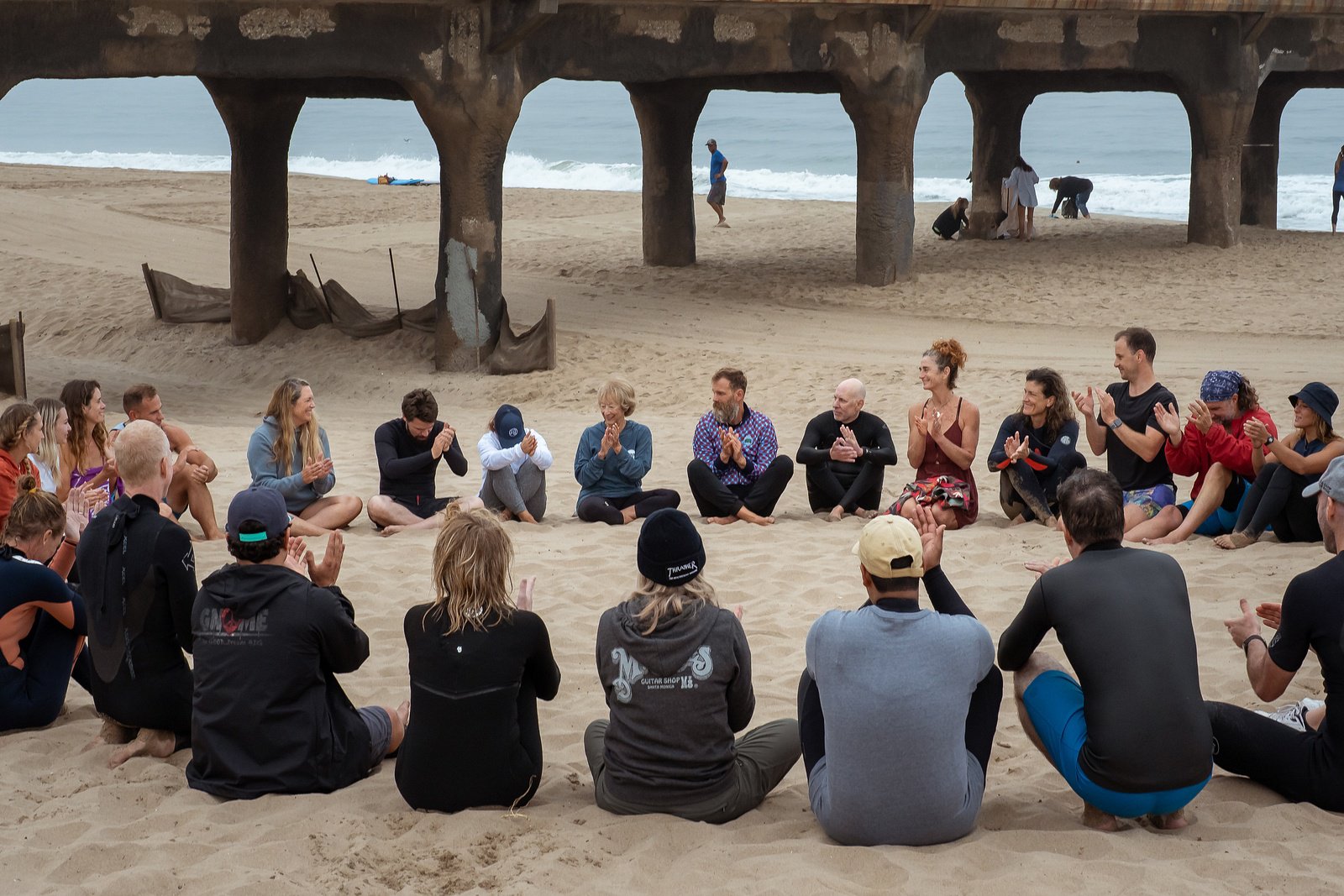
Some surf therapists emphasize the physical aspects of the sport, others the group support and the conversations on the beach. Natalie Small, for instance, thinks the group support is particularly important, and each two-hour-session begins and ends with the group circle, people sharing how they feel and what they hope to gain and leave at the ocean. “Before I started surf therapy, clients often focused on me as the therapist,” she says. “After the course, the participants not only have more tools for improving their mental health, but they also have a community with which they can continue to meet on the beach.”
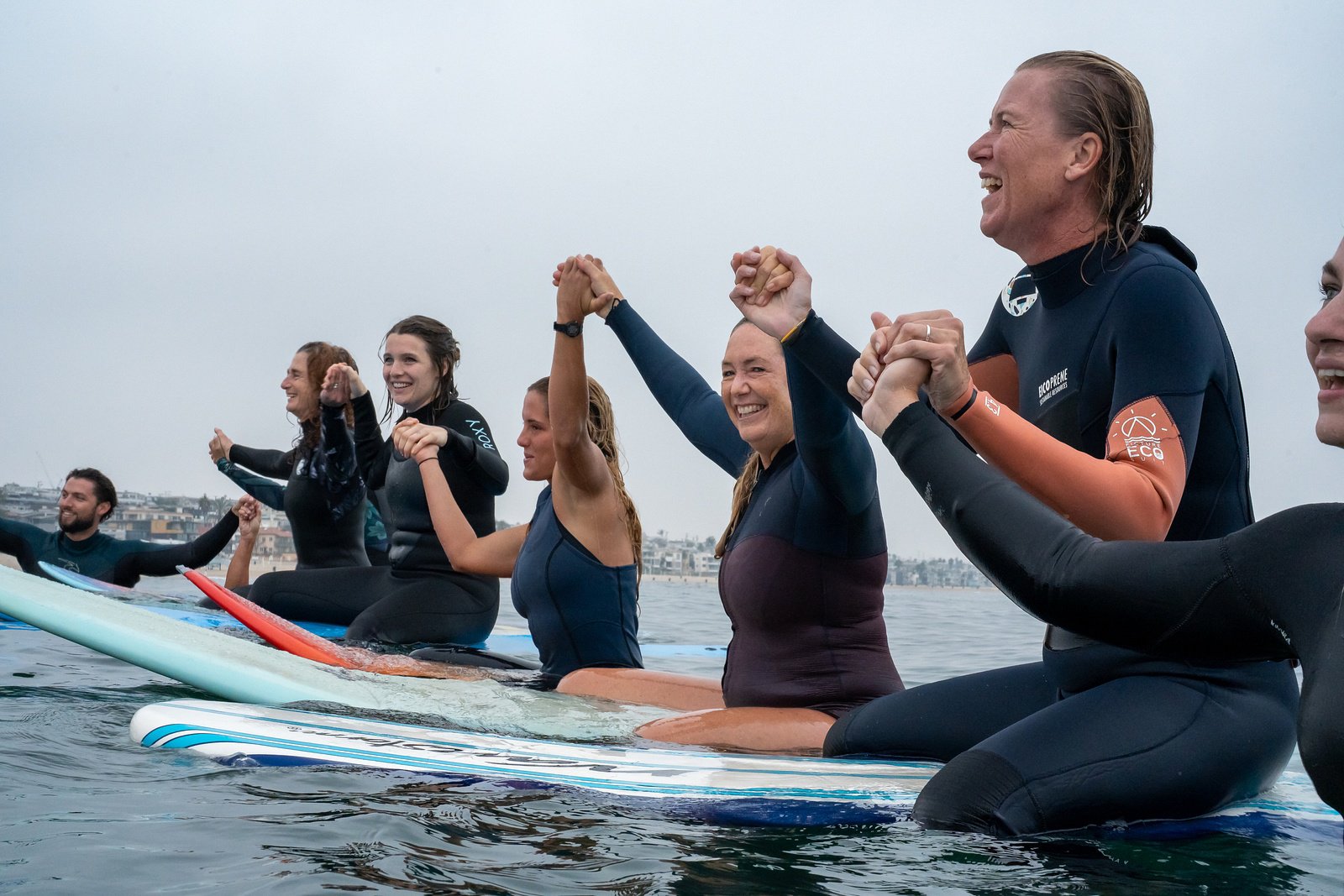
About half of the 130 ISTO surf therapy organizations serve a particular clientele — for instance, abused women, neurodiverse kids, cancer survivors, veterans, traumatized youth, refugees, or people with eating disorders. When asked for whom surf therapy is particularly beneficial, both Kris Primacio and Natalie Small respond, “Everybody.”
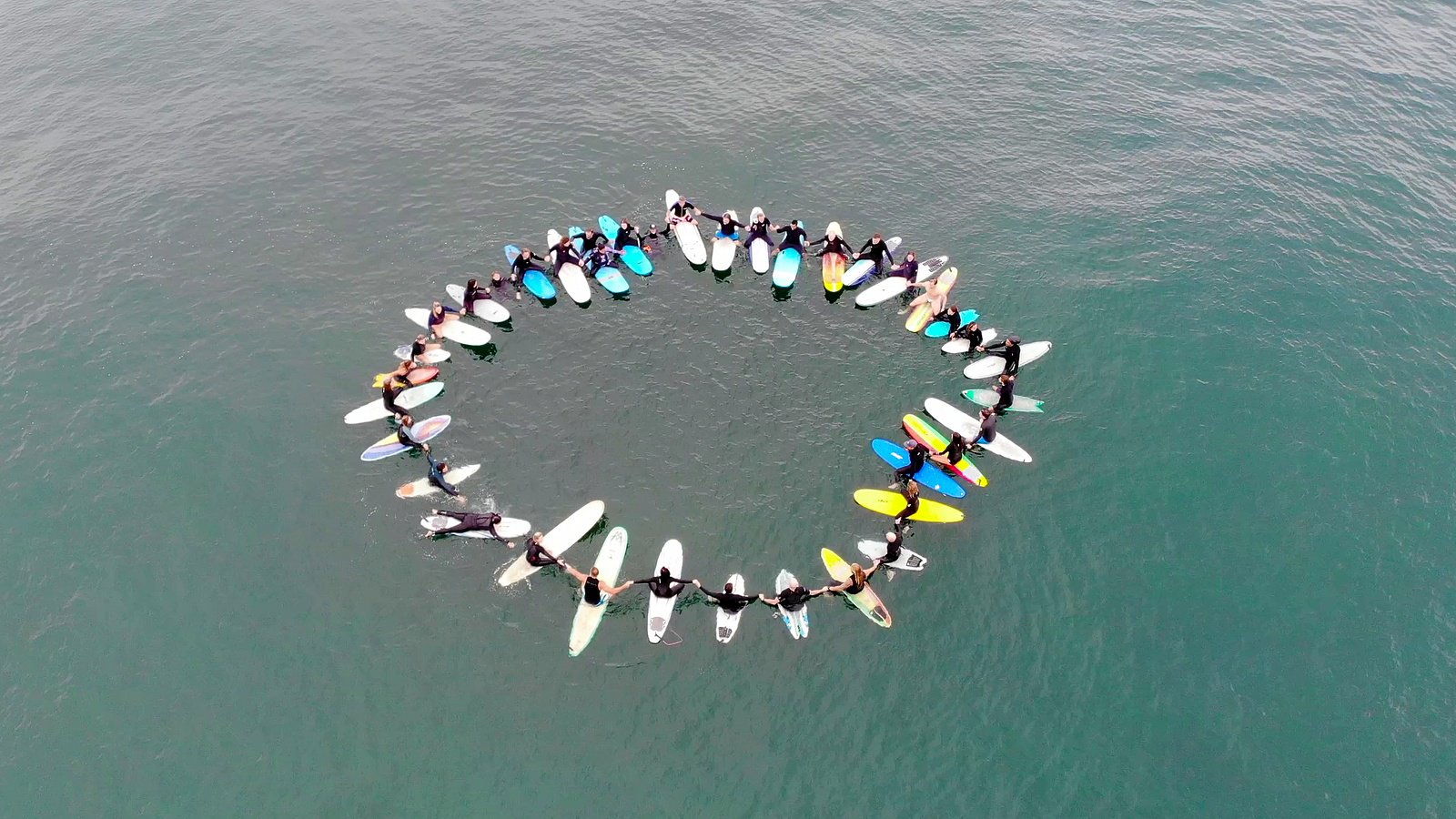
“I can’t imagine anybody who wouldn’t benefit from surfing,” Primacio says. “Every month, I hear from participants things like, ‘Before surf therapy, I was planning my suicide. Now all I plan is my next surf session.’ Or I meet parents whose neurodiverse kids talk for the first time to thank their surf trainer. If that’s not effective therapy, what is?”
Natalie Small founded her nonprofit Groundswell Community Project in 2016 specifically to empower women. Like many surf therapists, Small discovered surfing when she needed an outlet for her own frustration and loneliness. Though she looks every inch the quintessential blonde California surfer girl, she grew up in North Carolina. When she was 18, she moved to Los Angeles and “hated the city” until she started surfing. “When I felt uprooted, the ocean helped me find myself, find a home.” To her, the ocean means freedom and independence, time for herself, time in nature, and healing, a place to reconnect with joy, play and community. “The ocean has become my church,” says Small.
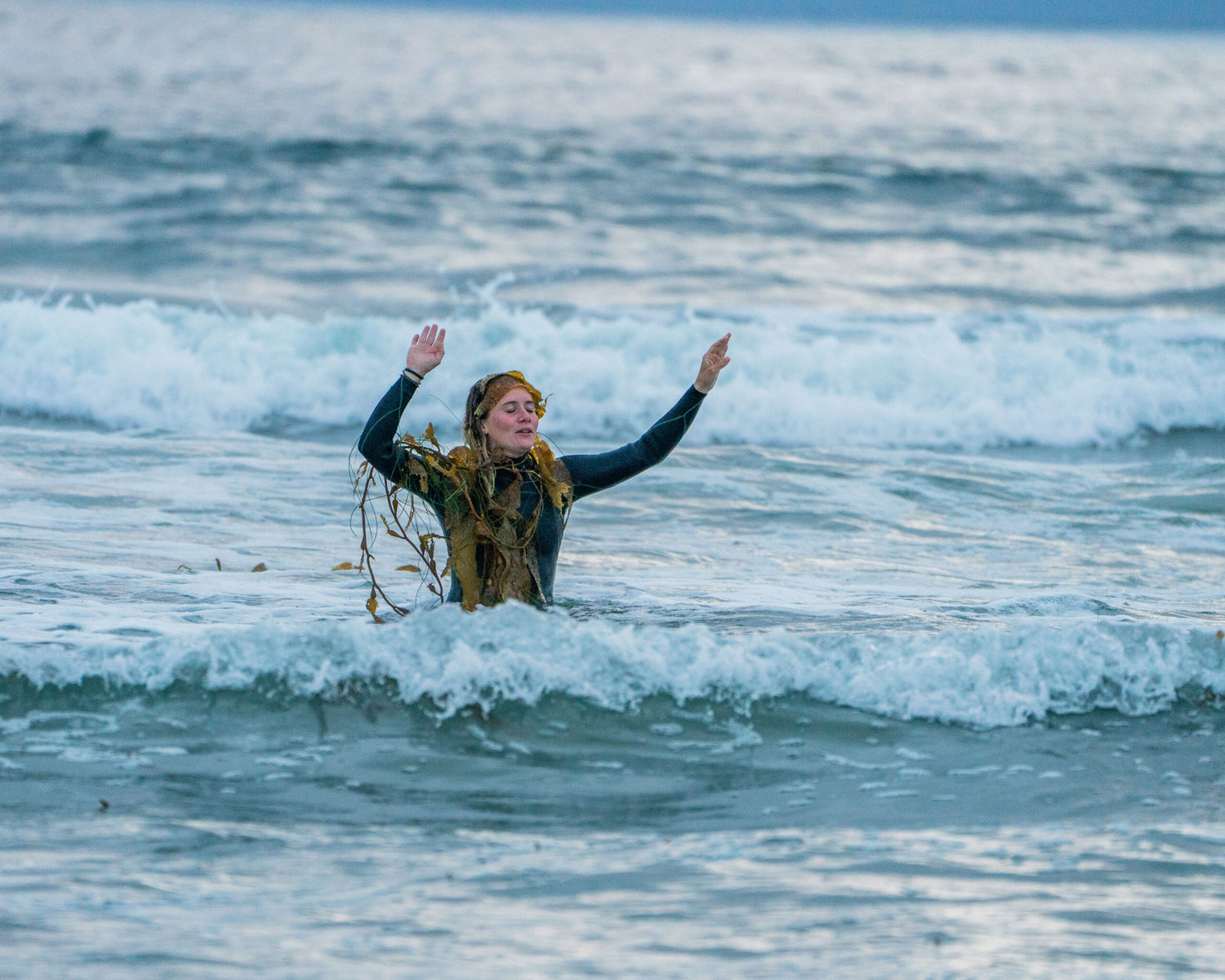
Small is not the only one who expresses her love for the ocean in religious terms. Groundswell is participating in a study by the University of California San Diego, USC, Burrell University and Queen Margaret University in Scotland. Participants fill out questionnaires before, during and after each session. The results are still being evaluated but Small can already reveal some preliminary results: In addition to the proven benefits of physical movement and being outdoors, surf therapy has shown measurable improvements in building resilience, emotional regulation, interpersonal skills, and a decrease in depression and anxiety.
A European study with the Scottish branch of Groundswell confirmed that transgender youth found improved well-being and a new will to live. Many therapists, too, find surf therapy beneficial for their own approach to therapy or burnout. “At the beginning, it was a challenge for me as a therapist,” Small admits. “You don’t sit safely in your chair anymore; you show your body, squeeze it into a neoprene suit and you go into the ocean with your client. Yet at the end of a day in the office with talk therapy, I feel wiped and burnt out, while after surf therapy, I feel alive and connected.”
At the same time, Small points out, surf therapy isn’t fundamentally new. “Indigenous people have always known that the ocean is healing.” The Western medical establishment has known it for decades, too –– The Journal of the American Medical Association was touting the benefits of the sea and the sun for a range of illnesses as early as the 1940s.

Surprisingly, sometimes participants don’t even need a surfboard to experience the healing. Small remembers a woman who did the eight-week Groundswell course three times because she loved it so much. The single mom had never been to the ocean before and couldn’t even swim when she started. Over the course of her participation, she learned to swim without a life vest, founded a company, and she repeated the course with her eight-year-old daughter. But she never stood up on the board. “During her sixth session, I took her hand and we went into the ocean together,” Small remembers. “When the waves came, she said, ‘I think I’ll be brave enough to dunk for the first time.’ When she came up again, tears were streaming over her face.”
Small says she simply held the woman. “She said she understood now how to find calm in the chaos. She was able to focus on her breath and trust herself.”
In the ocean and in life.
Photos for this story were provided by Kris Primacio, Zack Harper, Groundswell and the International Surf Therapy Organization
